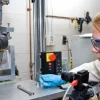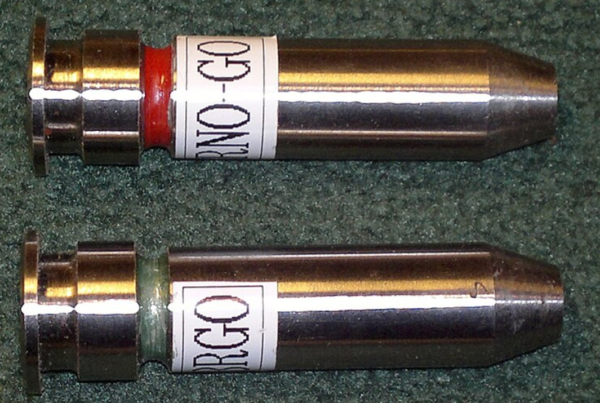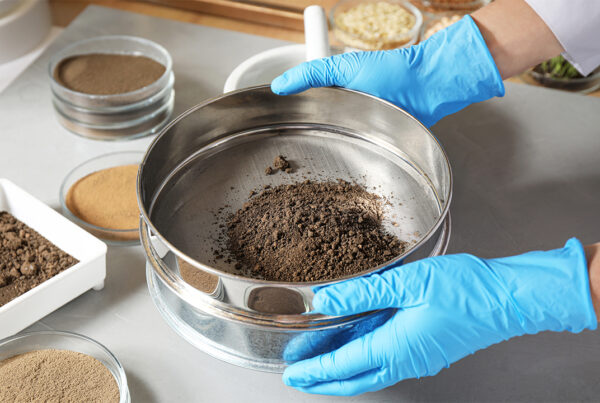Pouring cement into a structure and hoping for success is not enough to create a durable, resilient structure. Construction is a meticulous task that requires careful planning and execution. This blog will examine five strategies you should consider before starting any concrete project. These strategies cover a wide range of issues, including material selection and quality control. A special focus is placed on concrete cube tests, which are essential for ensuring structural integrity.best replica watches uk
1. Thorough Site Evaluation
A thorough site evaluation is necessary before any concrete is poured. Understanding the soil characteristics, drainage patterns and environmental challenges can have a significant impact on the success of your project. Site analysis can help identify risks and implement measures to mitigate those risks.AAA replica watches UK
The choice of foundation design and type can be influenced by factors such as the soil stability and drainage. These considerations should be addressed early on in the planning process to ensure a durable and stable concrete structure.Cheap Replica Watches
2. Selecting Materials Carefully
The quality of materials is crucial to the success of any concrete structure. Each component, from cement to aggregates plays a vital role in determining strength and durability. Consider factors like the type of concrete, the size, grading, and ratio of water to cement.Patek Philippe replica watches
Concrete cube tests are an important part of quality control and material selection. Engineers can gain insight into the material’s resistance to stress and load by casting cubes of the same concrete batch, and then testing their compressive strength. This information helps engineers make decisions about the mix proportions, and makes sure that the materials chosen meet the standards required for the project.
3. Optimal Mix Design
Concrete mix design is a delicate balance which must be tailored according to each project’s specific needs. The right mix of cement, water and aggregates as well as additives are critical to achieving the desired strength, durability and workability.
The optimal mix design is influenced by factors such as the environmental conditions, construction techniques, and structural requirements. Engineers can refine their mix design by conducting comprehensive tests, such as concrete cube testing. Iterative testing ensures the concrete mix is not only durable on paper, but can also withstand the challenges that it will face when it is used.
4. Rigorous Quality Control
Concrete cube testing is an essential part of quality control in any construction project. Concrete cubes that are cast from the same batch of construction material can be tested regularly to provide real-time feedback about the strength development.
By implementing a quality control system, it is possible to identify and correct deviations in results. To ensure the durability and structural integrity of the concrete, adjustments can be made in the mix design, the curing process, or the construction practices. Concrete cube tests are a diagnostic tool that allows proactive measures to be taken before potential problems escalate.
5. Proper Curing Techniques
The curing process is often overlooked, but it is crucial to the durability and strength of concrete. Curing concrete properly requires the correct moisture and temperature to allow the concrete to hydrate.
Concrete cube tests are closely related to curing procedures, since the cubes undergo the same curing conditions that the actual structure will. Understanding the performance of concrete during curing can provide insight into its long-term durability. By implementing optimal curing techniques, such as moist curing or temperature-controlled curing, you enhance the material’s strength and minimize the risk of cracking and other durability-related issues.
Conclusion:
A strategic approach is needed to create successful concrete structures. This goes beyond mixing and pouring. Five crucial strategies should be implemented into each construction project: thorough site assessments, material selection, mix design, quality control and curing techniques.
Concrete cube tests are a key component of this process. They provide a way to evaluate the durability and strength of the material. Adopting these strategies, and using the concrete cube test to gain insights, will ensure that concrete structures meet and exceed standards for strength, durability and resilience. These strategies are the key to building structures that will last the test of the time.







